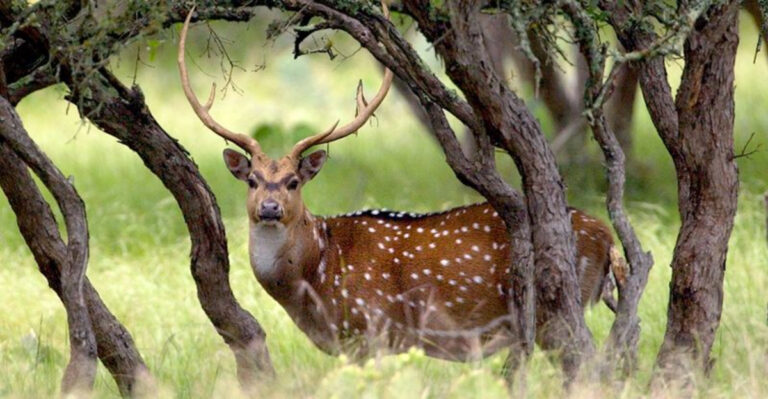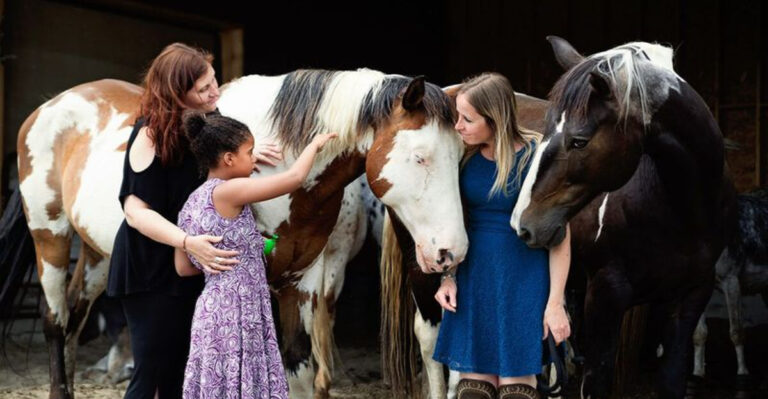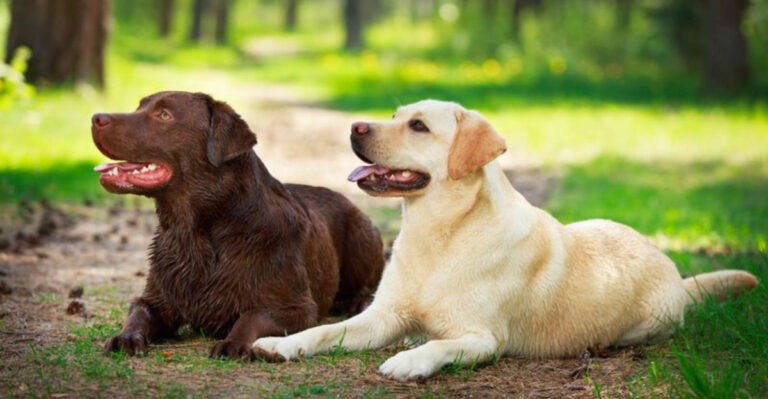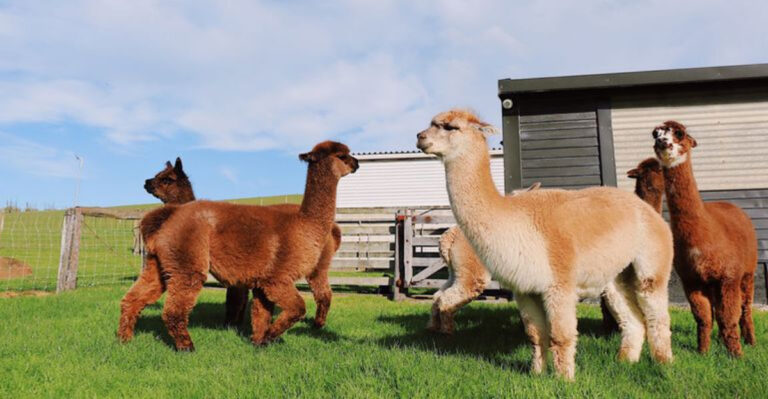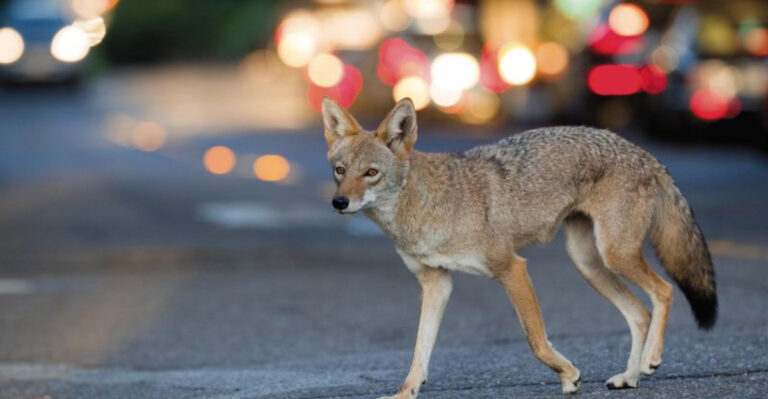The Incredible Journey Of The Blackpoll Warbler Across The Western Hemisphere
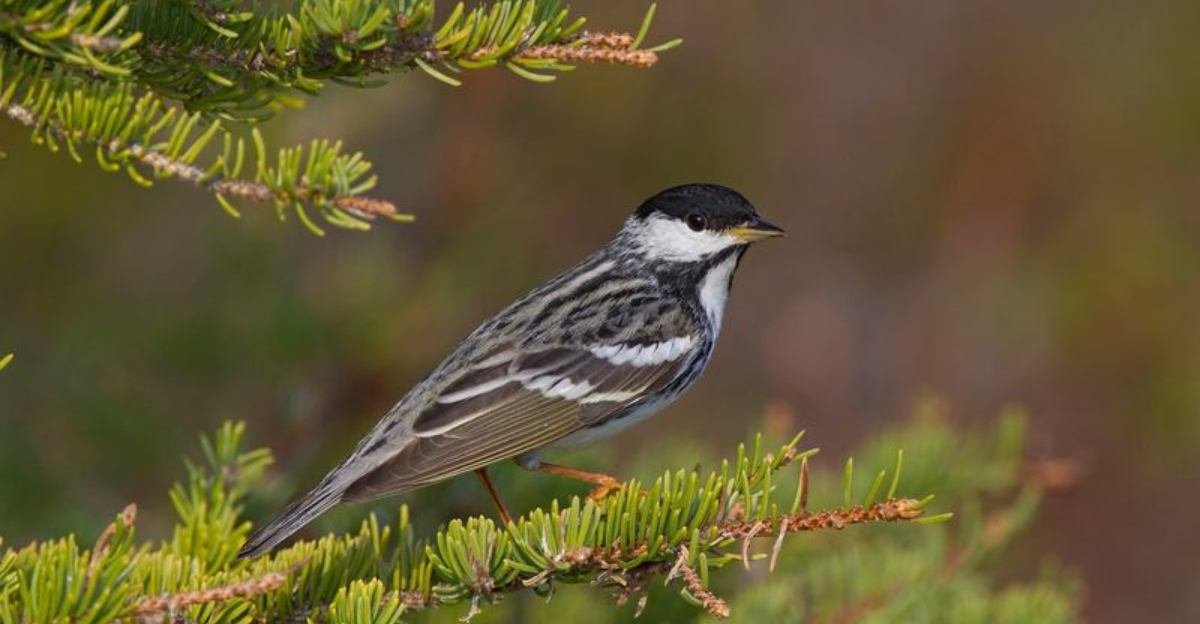
Imagine a tiny bird weighing less than a AA battery flying non-stop over the open ocean for days. That’s the blackpoll warbler, nature’s most impressive long-distance champion.
These little songbirds make one of the most extraordinary migrations on Earth, traveling from North America to South America each year in a journey that defies what we thought possible for such small creatures.
1. Tiny Traveler, Massive Journey
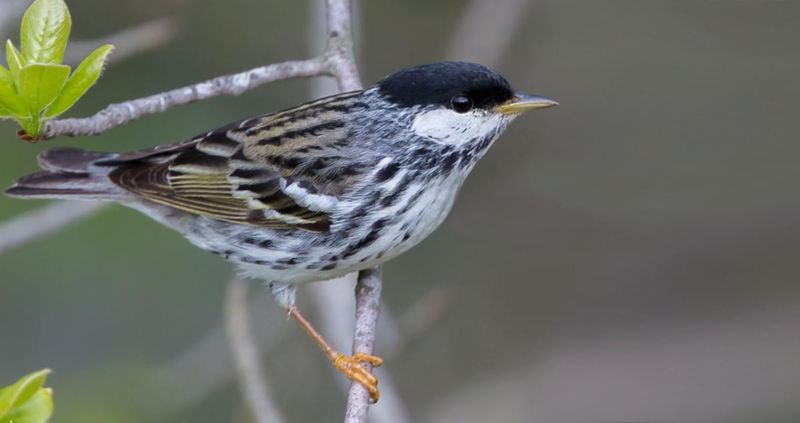
Weighing just 12 grams (about as much as three nickels), these feathered marathoners punch way above their weight class.
Despite their diminutive size, blackpoll warblers complete one of the longest non-stop overwater migrations of any songbird. Their determination proves that sometimes the smallest creatures accomplish the most remarkable feats.
2. Extreme Makeover: Migration Edition
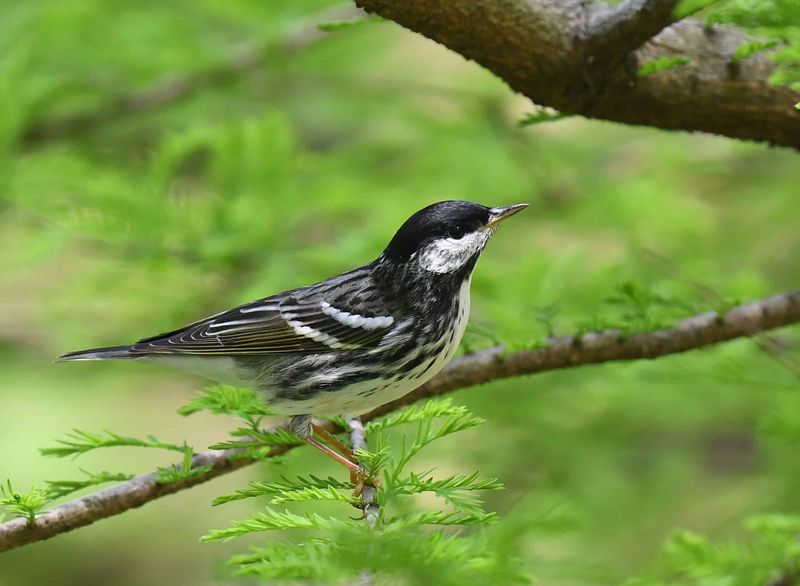
Before heading south, these birds undergo a dramatic transformation. Their bodies essentially turn into flying fuel tanks!
They double their weight by gorging on insects and berries, storing fat that will power their incredible journey. This pre-migration buffet is critical – without enough reserves, they wouldn’t make it across the vast Atlantic.
3. Non-Stop Flight Over Shark-Infested Waters
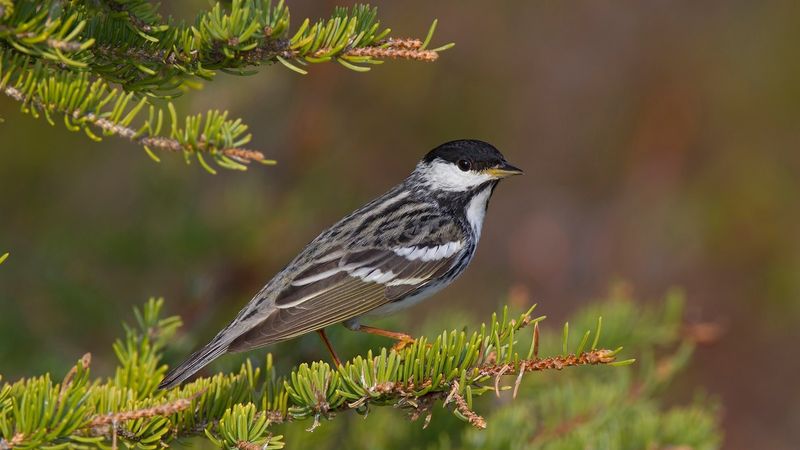
Unlike many birds that island-hop, blackpolls make a daring choice – straight across the open Atlantic Ocean without any pit stops.
For up to three days straight, they fly continuously over 1,700 miles of dangerous waters. No landing, no sleeping, no eating. Just wing beats and determination carrying them toward South American shores.
4. Burning Calories Like An Olympic Athlete
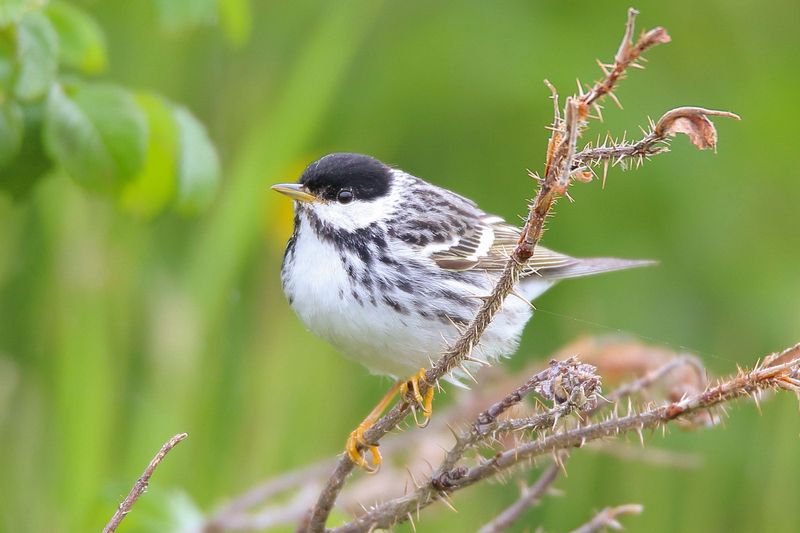
During their marathon flight, blackpolls burn energy at astonishing rates. Their metabolism kicks into hyperdrive!
If humans burned calories at the same rate, we’d need to eat about 300,000 calories daily – that’s roughly 500 hamburgers! Their bodies become incredibly efficient machines, converting fat stores into flight power with remarkable precision.
5. Nature’s Built-In GPS System
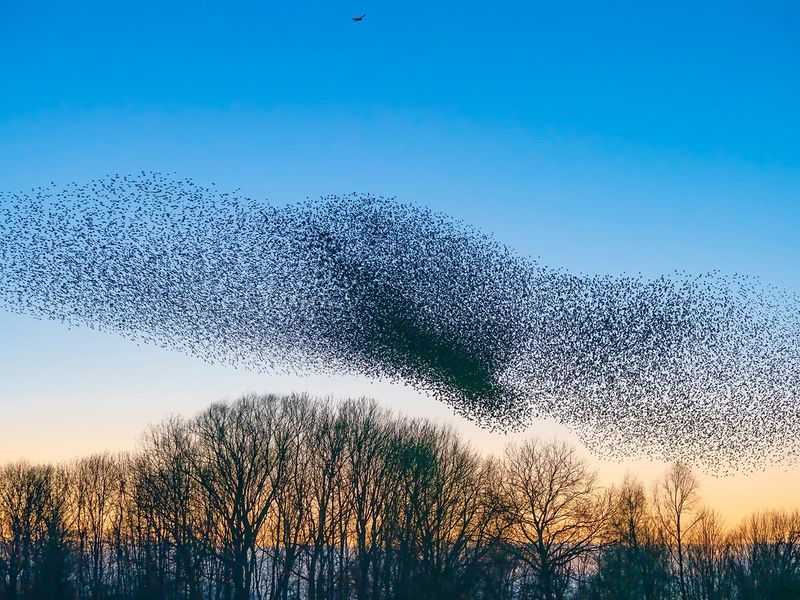
How do they navigate without maps or smartphones? These feathered geniuses use a combination of superpowers!
They can sense Earth’s magnetic field, use star patterns for guidance, and may even detect polarized light. Young birds make this journey successfully their very first time without ever having traveled the route before.
6. From Boreal Forests To Tropical Paradise
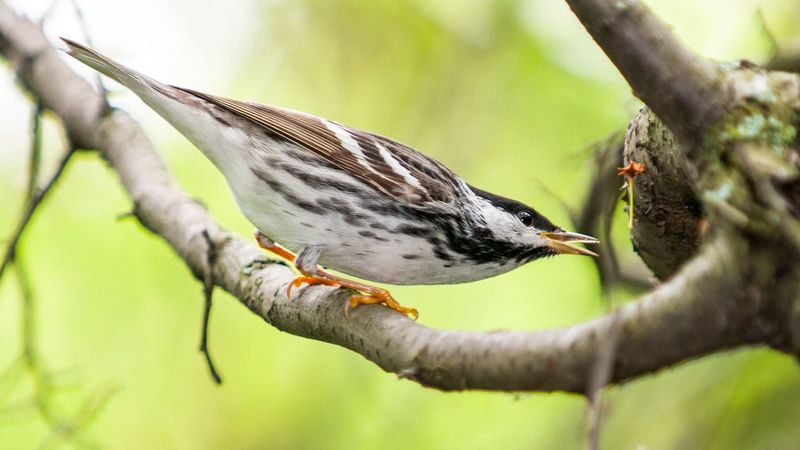
Summer finds blackpolls singing in the northern forests of Canada and Alaska. Come winter, they’re lounging in the lush landscapes of Colombia and Venezuela.
This extreme habitat switch takes them from evergreen forests to tropical rainforests – like trading a log cabin for a beach resort! Few creatures experience such dramatically different homes throughout their lives.
7. A Different Route Home
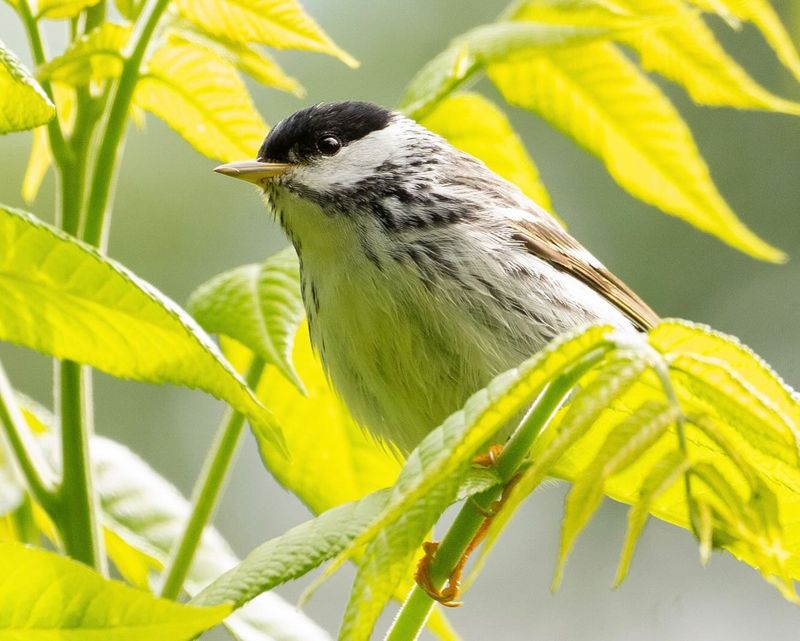
Unlike most commuters, blackpolls don’t retrace their steps. Their migration forms a giant loop across the hemisphere!
In fall, they brave the Atlantic Ocean. But spring finds them taking an inland route through Central America and Mexico. This strategy maximizes favorable winds and food availability, showing nature’s brilliant adaptation to seasonal patterns.
8. Flying Through Hurricanes And Storms
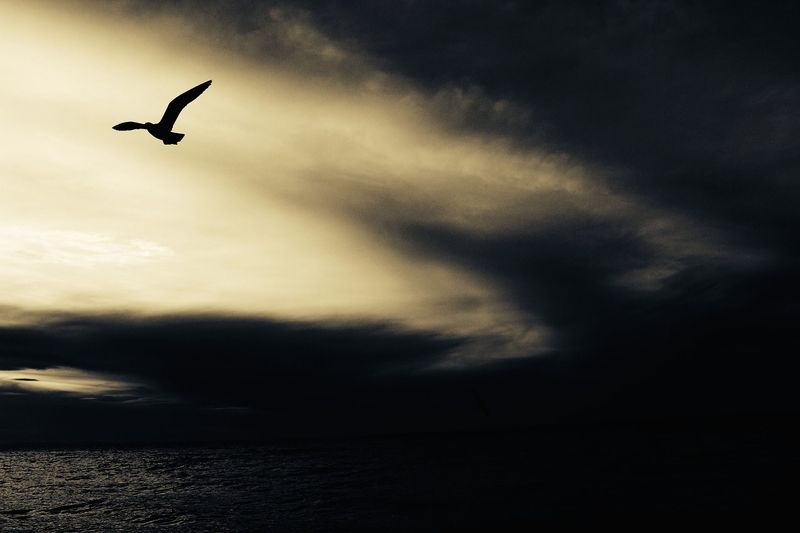
Fall migration coincides with peak Atlantic hurricane season. Talk about terrible timing!
These tiny birds sometimes navigate through or around massive storm systems. Researchers have documented blackpolls adjusting departure times or routes to avoid the worst weather, but many face these terrifying conditions head-on during their ocean crossing.
9. Songbird By Day, Stealth Flyer By Night
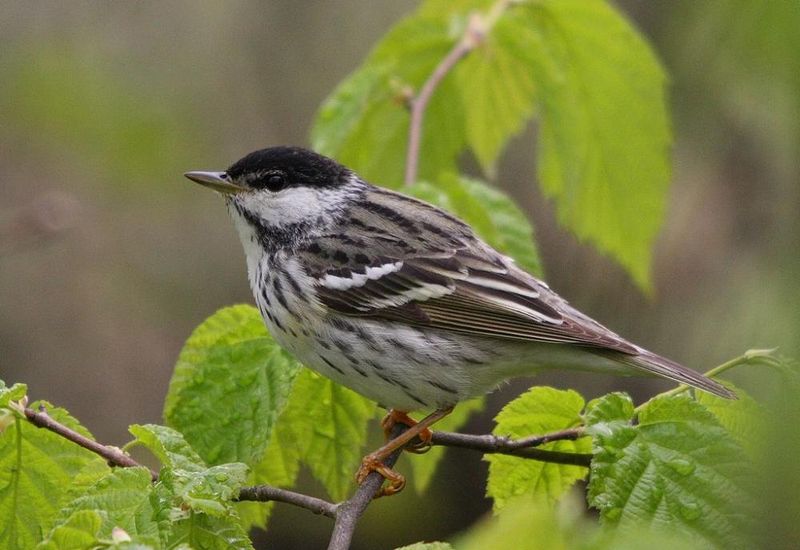
During breeding season, male blackpolls sing distinctive high-pitched songs. But during migration, they become night owls!
They travel primarily after dark, using stars for navigation and avoiding daytime predators. This nocturnal strategy also provides calmer air conditions and cooler temperatures that help prevent overheating during their strenuous journey.
10. Climate Change’s Ticking Clock
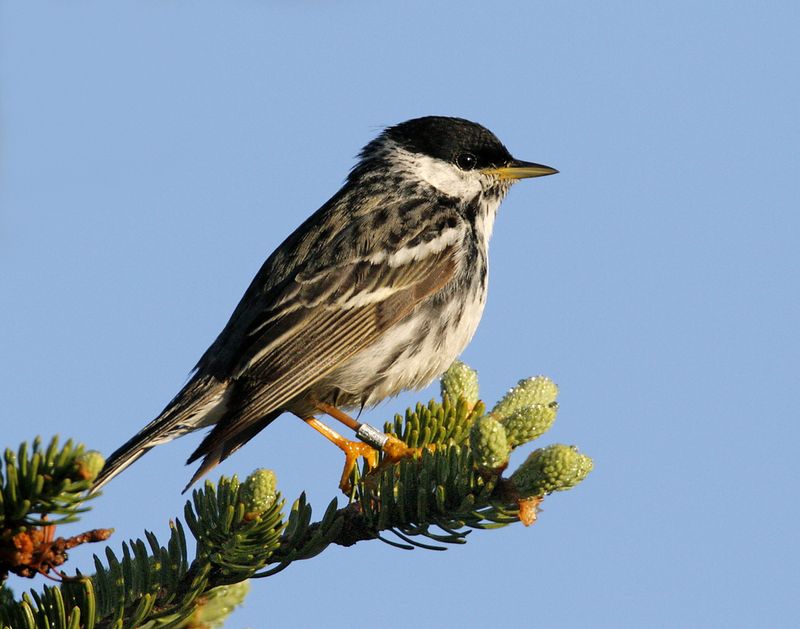
Warming temperatures are shifting insect emergence times and plant flowering schedules. This creates dangerous timing mismatches!
Blackpolls rely on precisely timed food availability to fuel their epic journeys. As climate patterns change, these birds face increasing challenges finding enough food exactly when they need it most.
11. Habitat Loss On Two Vontinents
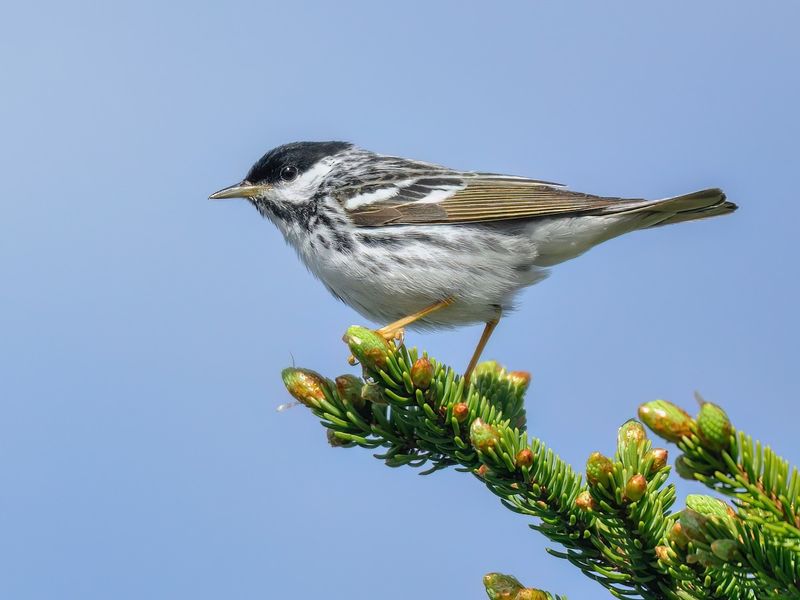
Like having both your summer cottage and winter home bulldozed! Blackpolls face habitat destruction at both ends of their journey.
Logging in northern forests removes breeding grounds, while South American deforestation eliminates winter havens. These birds must navigate an increasingly fragmented landscape, making their already challenging lives even harder.
12. Masters Of insect Control
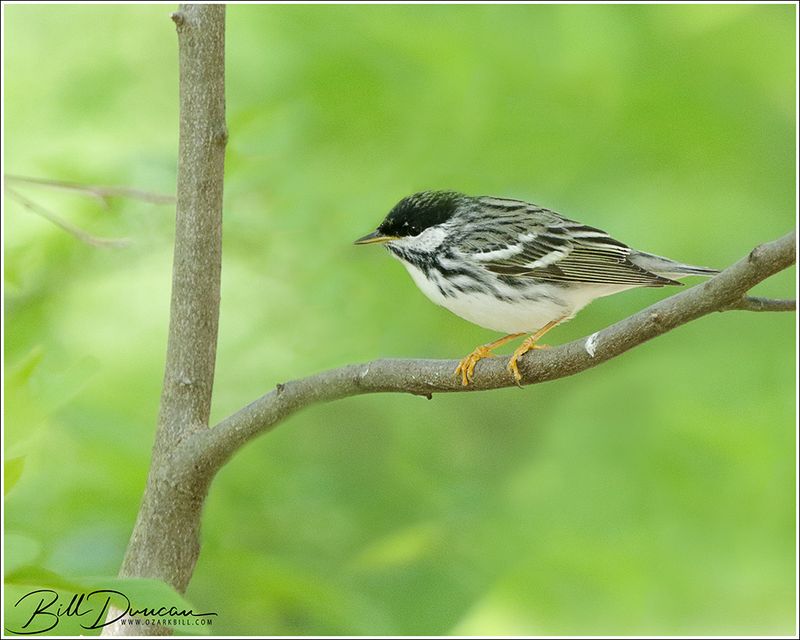
During breeding season, a single blackpoll family can consume up to 13,000 insects daily!
These natural pest controllers help keep forest ecosystems balanced by managing insect populations. Their voracious appetites benefit both forest health and human interests by reducing pests that damage trees and crops.
13. Discovered Through Modern Tracking Technology
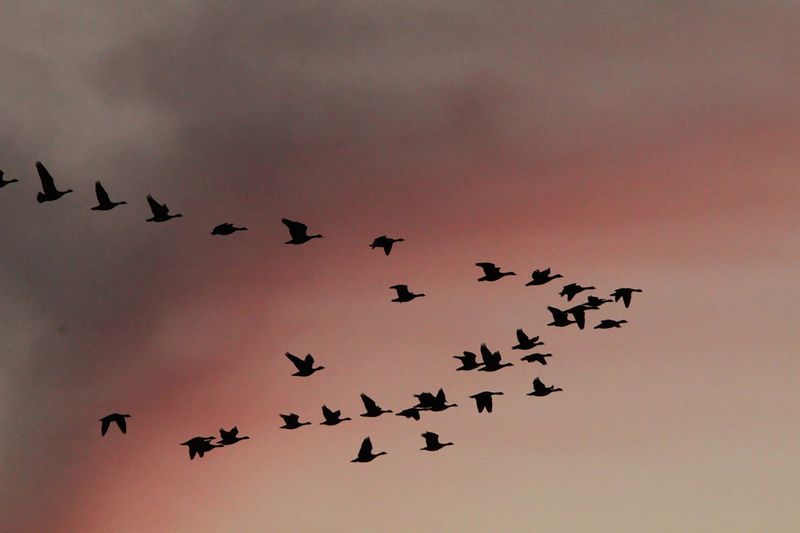
Scientists suspected these amazing journeys, but couldn’t prove them until recently. Tiny backpacks made the difference!
Ultra-lightweight geolocators weighing just 0.5 grams finally allowed researchers to track individual birds across their entire migration. These technological marvels revealed the full extent of the blackpoll’s incredible oceanic crossing.
14. A Journey Older Than Human Civilization
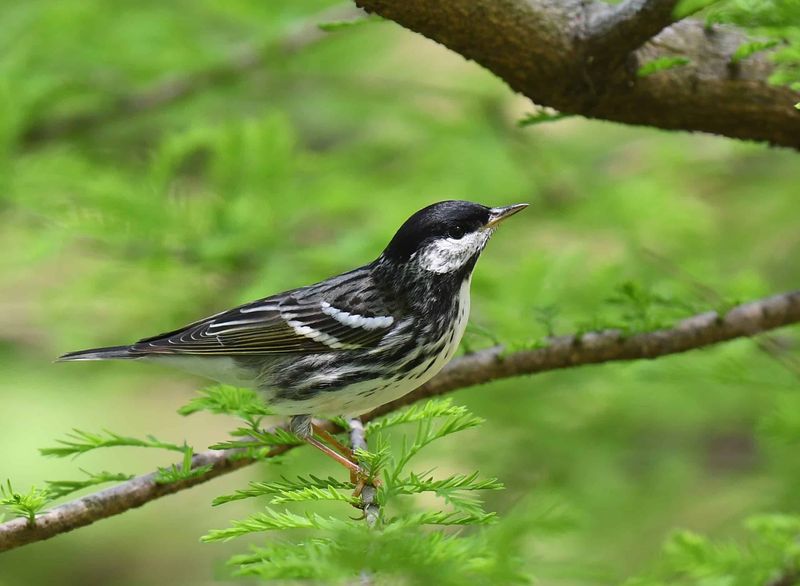
Long before humans sailed across oceans, blackpolls embarked on epic migrations spanning vast distances. Evolution shaped their routes over thousands of years, adapting through changing climates and ice ages.
Ancient wisdom lies encoded in their genes, guiding them with remarkable precision. Paths traveled by countless generations long preceded any recorded history.

